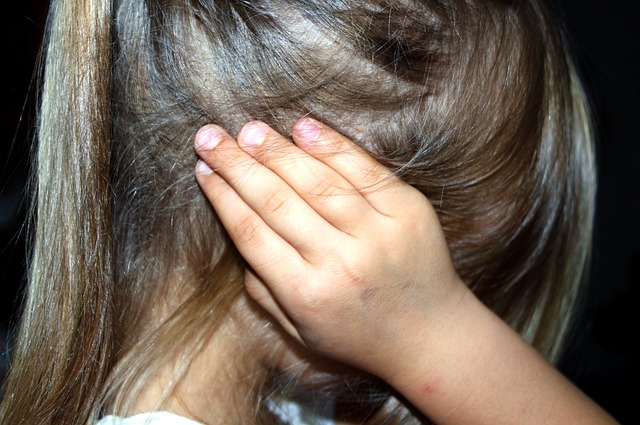Parents Beware: Noisy Toys Can Damage Children’s Hearing

Toy safety is not all about swallowing, choking or inhaling dangers. It is also about over-the-top sound levels that can damage children’s hearing. Yet, good hearing is important for learning and for developing speech, language and social skills. Even a very mild loss can make a huge difference for a child’s future.
Unfortunately, many kids have their first ear-damaging sound exposures in their own homes. It often starts with Baby Sleep machines that are way too loud and with noisy toys, such as rattles and squeaking, screaming squeeze toys.
It is distressing that there are websites dedicated to the sale of “noisy toys for kids”. How loud are the “toy” police megaphones, drums, music instruments, guns and blasters of all kinds? Manufacturer details usually do not say. This is why parents and family members must be aware in order to keep the kids safe.
Ear-safe toys are the parents’ responsibility
Toys are tested according to industry standards that actually apply to adults. When sound levels reach an average of 85 decibels and over in the industry, hearing protection must be worn. Yet, some of the toys for small children can pump out a lot more than that.
According to the American Society of Testing and Materials (ASTM), the sound pressure level – or volume – produced by a toy must not exceed 85 decibels at 50 centimeters, which is roughly 20 inches or 1.6 feet. However, children do not play long-distance with toys. They get a lot closer to them than 1.6 feet.
Every year the Sight and Hearing Association puts out its list of noisy toys. The volume is measured at 0 inches (ear level) and at 10 inches, roughly at arm’s length of a small child. Yet, the fact that a toy is not on a list only means that it was not tested. And so, ear-safe toys are the parents’ responsibility. They decide.
Tips for keeping children safe
- Kids often react negatively to loud toy sound levels. Respect that reaction
- Do not force loud toys on kids as being “fun,” saying that they’ll get used to it
- Consult the noisy toys lists before buying.
- Test the sound volume by listening to the toy yourself at the child’s level – lying/sitting next to it on the floor, at ear level etc.
- Use your smartphone Sound Meter app to measure the sound level of the toy at various levels – ear level, 10 inches
- If the description mentions “realistic sound effects,” it is more than likely way too loud
In the end…
Ban excessively noisy toys now! After all, parents are responsible for their children’s safety, which includes the preservation of their good hearing – a most precious sense. Ears do not get “used to” loud sound of any kind. Yet, even slight losses due to noise damage are permanent and can have serious consequences for kids’ education and for their future. And nobody wants for that to happen.
*****
For Industry Hearing Safety Training or for general presentations on Hearing Loss Prevention, please see this website or email monique.hearing@gmail.com
Currently, doing Zoom presentations.
Interested in Hearing Loop Technology for better hearing in loud places? Check out loopminnesota.org